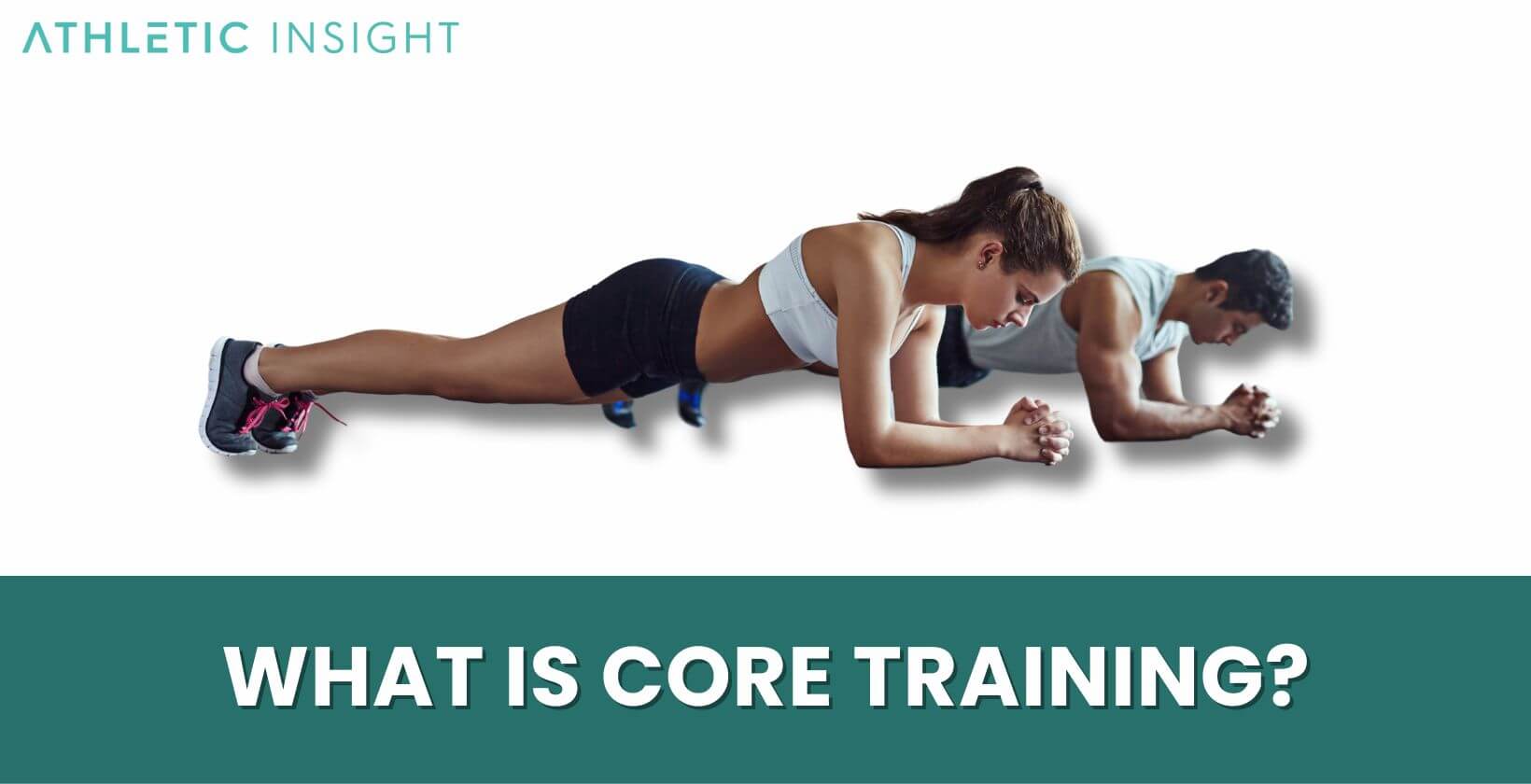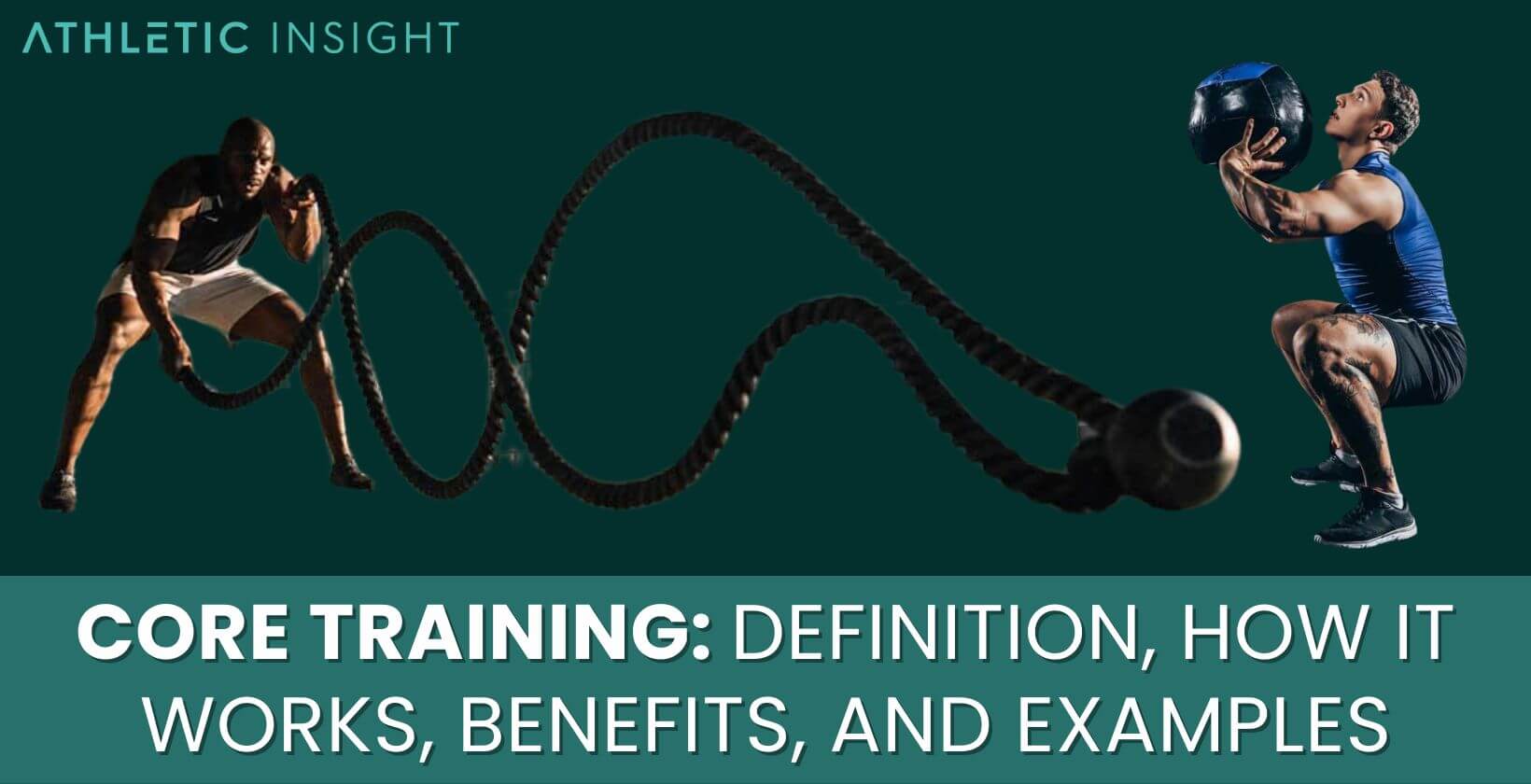Core training encompasses more than just abdominal workouts. It refers to the comprehensive approach of strengthening the core muscles, which include not only the abs but also the muscles around the trunk and pelvis. This introductory part will explore core training by explaining into its definition, mechanisms, benefits, and practical examples of core training exercises. By understanding core training in its entirety, one can appreciate its critical role in overall fitness and well-being.
The essence of core training lies in its ability to enhance stability, strength, and endurance of the muscles that make up the torso. It involves exercises designed to target this central body area, improving posture, balance, and athletic performance. This article will unfold the layers of core training, revealing its importance in a balanced fitness regimen and daily functionality.
What Is Core Training?
Core training refers to the targeted exercise of the muscles in the torso, which are pivotal in maintaining stability and balance. This includes the abdominals, lower back, hips, and pelvis. The core stability definition emphasizes the role of these exercises in enhancing the body’s central strength, which is essential for both athletic performance and everyday activities. Core training is not limited to aesthetic improvement but focuses on functional strength and endurance of these central muscles.

Expanded from the core training definition, these exercises are designed to improve the body’s core strength, stability, and flexibility. By engaging a variety of muscles in the torso, core training aids in the better execution of movements and protection against injuries, making it a vital component of fitness programs.
What Is the Other Term for Core Training?
Core training is often interchangeably used with terms like “core strengthening” or “midsection conditioning”. These terms are employed frequently in fitness and rehabilitation contexts, underlining the importance of core stability in physical health. The use of these terms varies based on the focus of the exercise program, whether on athletic training, injury prevention, or general fitness.
What Muscles Are a Part of The Core?
The core muscles encompass a group of muscles including the rectus abdominis, obliques, transversus abdominis, lower back muscles, and the muscles around the pelvis. Understanding core muscles of the body extends beyond the popular notion of the abs, highlighting the comprehensive nature of the core, which acts as a stabilizing center for the body.
How Does Core Training Work in Fitness?
In fitness, core training works by engaging and strengthening the muscles that stabilize and support the spine and pelvis. It involves exercises that activate these muscle groups, enhancing their strength and endurance. This training not only strengthens the muscles but also improves neuromuscular coordination, leading to better posture, reduced risk of injuries, and improved performance in various physical activities.
What Is the Purpose of Core Training?
The primary purpose of core training is to develop and maintain a strong, stable, and flexible core. This is essential for efficient transfer of energy from the center of the body to the limbs, which is crucial for nearly all athletic movements. A strong core is foundational for good posture and alignment, reducing the risk of back pain and other musculoskeletal issues.
Why Is Core Training Exercise Important?
Core training exercise is important because it lays the foundation for overall strength and stability. It’s crucial in enhancing balance, reducing the risk of falls and injuries, and improving athletic performance. A strong core also plays a significant role in everyday activities, from lifting objects to maintaining good posture while sitting or standing.
What Are the Signs that You Have a Weak Core Muscles?
Signs of weak core muscles include poor posture, lower back pain, difficulty in performing balance and stability exercises, and a general lack of strength in the midsection. Other indicators might include challenges in performing everyday tasks that require core strength, such as lifting or bending.
What are the Benefits of Core Training Exercise?
The benefits of core strength are improved posture, reduced risk of back pain, enhanced balance and stability, improved athletic performance, and better coordination. Core training also contributes to a more efficient movement in everyday life, making activities such as lifting, bending, and even sitting more comfortable and safer.
How to Strengthen My Core?
To strengthen your core, engage in a variety of exercises that target all the muscle groups in the torso. This includes dynamic movements that challenge stability and balance, as well as isometric exercises like planks that build endurance. Integrating core training into your regular fitness routine, with a focus on consistency and progression, is key to developing core strength. Starting with basic exercises and gradually increasing intensity and complexity can lead to significant improvements in core stability and strength.
What are the Top Core Training Exercises?
The top core training exercises include a range of movements that target different muscles within the core. These exercises vary in complexity and intensity, catering to different fitness levels and goals.
- Planks
- Leg Lifts
- Russian Twists
- Reverse Crunches
- Side Bridge
- Bird-Dog Crunches
- Modified Curl-Up
1. Planks
Planks are a fundamental core training exercise that targets the entire core with a focus on endurance. This isometric exercise involves maintaining a position similar to a push-up for a set period. The plank also strengthens the abdominals, back, and shoulders, contributing significantly to overall core stability. They also enhance posture and can help reduce back pain.
2. Leg Lifts
Leg lifts are effective in targeting the lower abdominals and hip flexors. The exercise involves lifting the legs while keeping the upper body stable, which challenges and strengthens the core. Leg lifts are beneficial for improving core strength and stability, particularly in the lower abdominal region.
3. Russian Twists
Russian twists are a dynamic core exercise that targets the obliques. This movement involves twisting the torso while holding a weight, improving rotational strength and stability. The Russian twist enhances core strength and are particularly effective in sports and activities that require twisting movements.
4. Reverse Crunches
Reverse crunches focus on the lower abdominals, a region often neglected in standard crunches. This exercise involves lifting the hips off the ground, which engages the core muscles. Reverse crunches are beneficial for developing a balanced core strength, particularly in the lower abdominal muscles.
5. Side Bridge
The side bridge, or side plank, targets the obliques, lateral abdominals, and lower back. This exercise involves holding a side plank position, which challenges the core’s stability and endurance. Side bridges are effective for enhancing lateral core strength and improving overall balance and stability.
6. Bird-Dog Crunches
Bird-dog crunches are a compound exercise that improves balance, stability, and coordination. This exercise involves extending one arm and the opposite leg while maintaining a stable core, then bringing them together in a crunch motion. These bird-dog crunches strengthen the entire core and enhance neuromuscular coordination.
7. Modified Curl-Up
Modified curl-ups are a safer alternative to traditional sit-ups, focusing on activating the abdominal muscles without straining the lower back. This exercise involves a controlled lifting of the shoulders off the ground, engaging the core muscles. Modified curl-ups are beneficial for building abdominal strength while minimizing the risk of back injury.
What Is the Best Core Training Exercise for Beginners?
For beginners, the best core training exercise is often the plank. It’s a simple yet effective exercise that can be modified to suit different fitness levels. Planks provide a solid foundation for core strength and stability, essential for more advanced core exercises.
What Is the Best Core Training at Home?
The best core training exercises to do at home include planks, leg lifts, and Russian twists. These exercises require minimal equipment and can be easily adapted to different fitness levels, making them ideal for home workouts.
How Long Will It Take to Strengthen My Core?
The time it takes to strengthen the core can vary based on individual fitness levels, the frequency and intensity of training, and the specific exercises performed. Generally, noticeable improvements can be seen within a few weeks of consistent core training, with significant changes often occurring over several months.
Is It Recommended to Do Core Training While Dieting?
Yes, it is recommended to include core training while dieting. Core exercises can complement a weight-loss program by improving muscle tone and increasing metabolic rate. However, it’s important to balance exercise with adequate nutrition to support recovery and muscle growth.
Is It Ok to Do Core Exercises Every Day?
Doing core exercises every day can be beneficial, but it’s important to vary the intensity and types of exercises to avoid overtraining and ensure balanced development. Incorporating rest days or alternating with other types of workouts can also be effective in preventing muscle fatigue and enhancing overall fitness.
Can Core Training Reduce Belly Fat?
While core training strengthens and tones the abdominal muscles, it alone may not significantly reduce belly fat. Combining core exercises with overall cardiovascular and strength training, along with a healthy diet, is more effective in reducing body fat, including in the abdominal area.
Is It Better to Train Abs or Core?
Training both abs and the overall core is important for a balanced fitness regimen. While abdominal exercises target the front muscles of the torso, core training encompasses a broader range of muscles, including the lower back, hips, and obliques. A comprehensive approach that includes both abs and core training ensures overall strength, stability, and functional fitness, reducing the risk of injuries and improving posture and athletic performance.



